The world-famous Ha’ikū Stairs along Oahu’s Ko’olau mountain range, known as the “Stairway to Heaven,” has been closed to the public since 1991, but you wouldn’t know that from Instagram.
And despite the $250,000 a year the Honolulu Board of Water Supply spends to keep people out of the area, roughly 4,000 hikers still access the stairs annually, to the detriment of the local residents, whose properties are trespassed, and to the board’s customers, who are footing the bill.
It’s one of many examples of how tourism promotion, which has historically marketed Hawaii as a playground full of escapist pleasures, has backfired. Now, Hawaii must course correct. Seeking more responsible guests, the industry is looking for a bit of restraint – and deference.
A promotional video titled “Hawaii Travel Tips: Culture” is helping to get the word out.
“We have a custom here in Hawaii, of asking permission to enter a place. It really is wise to do so because you’re not assuming,” Sabra Kauka, a cultural practitioner, says in the video.
Asking permission echoes a protocol in many Hawaiian rituals wherein a guest would present a chant petitioning for welcome and await a response granting entry in an exchange that establishes pono (righteous) behavior and mutual reciprocity.
The video is one in a series of short videos under the Kuleana Campaign, produced by the Hawaii Tourism Authority (HTA) and the Hawaii Visitors and Convention Bureau (HVCB).
Released last summer, it aims to educate Hawaii’s visitors on appropriate cultural etiquette.
It’ll likely be the first time visitors will have heard about the custom, and the first time they’ve been asked to consider their behavior while vacationing in Hawaii.
But as overtourism challenges the islands’ visitor capacity, the need to limit tourism’s footprint is an urgent one requiring creative solutions.
A pledge, a signature
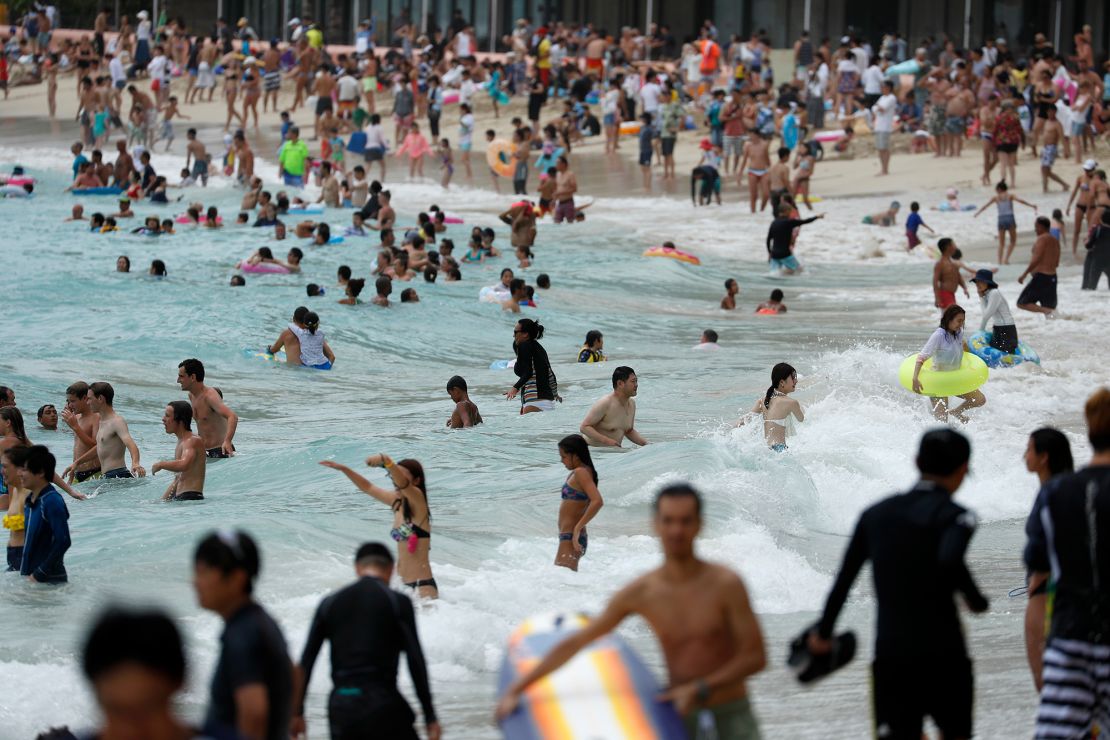
The islands’ fragile ecosystems are buckling under the sheer volume of visitors, which hit a record-breaking 10.4 million in 2019. Consider that influx for a place with a local population of 1.4 million, much less a chain of islands with finite resources.
Honolulu City Council member Kymberly Pine, who chairs the city’s Business, Economic Development & Tourism Committee, said such numbers were not projected for several more years. Now, as arrivals are only forecasted to continue growing, government officials and tourism marketing must respond – beginning with bad behavior.
For example, incidents of eager hikers ducking under police tape to enter closed trails are so common that legislation was introduced last year to have hikers who knowingly trespass pay fines of up to $1,000. The legislation also covers search and rescue costs for public safety agents who come to the rescue of rogue trekkers.
Visual cues like metal guardrails and warning signs haven’t been enough to dissuade visitors and lackadaisical vacationers from breaking the rules, but maybe a hefty fine will do the trick.
The bill was introduced by State Senator Mike Gabbard as a deterrent, but others aren’t confident that deterrence methods are as effective as education.
“Quite frankly, if we say, ‘Don’t jump over the fence,’ they’re going to do it anyway,” says Jay Talwar, HVCB chief marketing officer behind the Kuleana Campaign.
Talwar believes raising awareness of the “whys” behind appropriate behavior could better influence an attitude shift. He thinks enlightenment – not reproach – is the path to seeing better behavior.
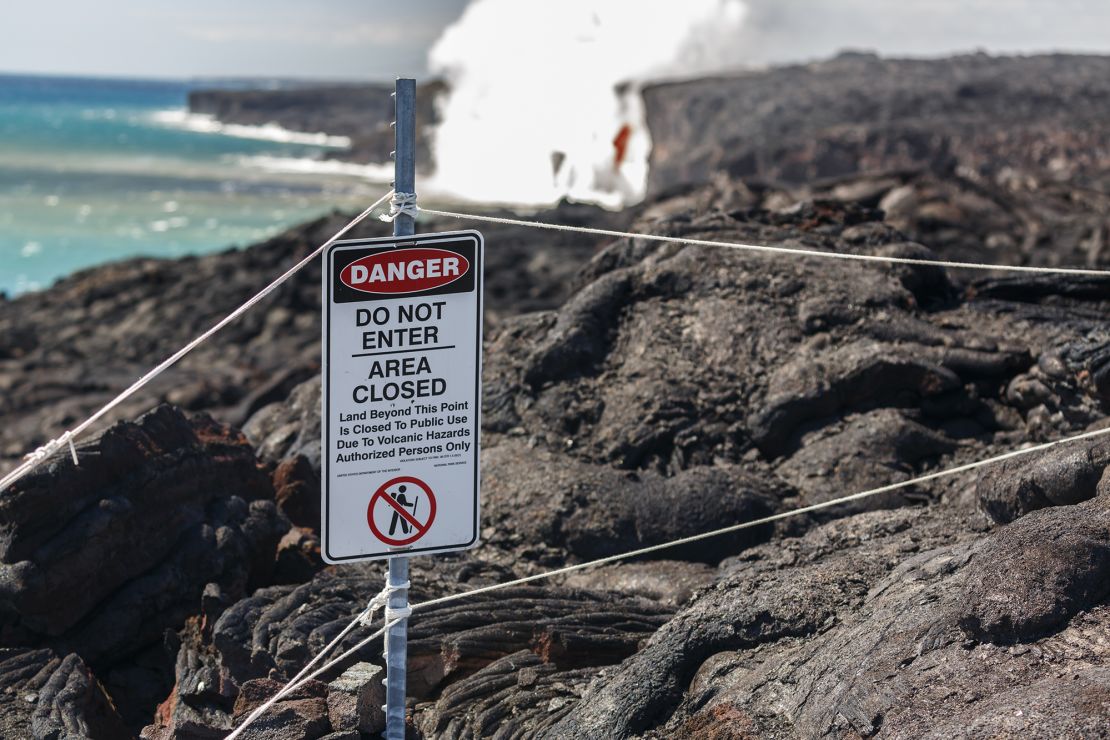
Councilmember Pine agrees. Last September, she introduced the first in a series of bills in her legislative package “Keep Hawaii Hawaii.” She hopes the initiative, the “Promise to Our Keiki Pledge,” will promote environmentally responsible and culturally sensitive visitor behaviors.
The bill, which passed the committee in January, asks visitors to sign a pledge upon arrival, committing themselves to protecting and respecting endangered animals, indigenous flora and sacred sites.
The pledge would not have legal consequences (unless, of course, a visitor does something illegal, like pick up a sea turtle for an Instagram shot), but Pine believes it could go a long way towards more mindful travel.
Pine is optimistic about the pledge, hoping it will serve as a necessary reminder to visitors to leave things as they found them, if not better.
Marketing efforts clash with reality

The environmental impacts of tourism have been a central concern in Hawaii for decades. In 2000, the Sierra Club filed a lawsuit against the HTA to force the agency into performing an environmental assessment of its marketing campaigns, just as any government agency that spends state funds does, the club contended.
At the time, the number of tourists visiting was just shy of seven million. The suit, which was eventually thrown out by the Hawaii Supreme Court in a 3-2 decision, hoped to force the agency to consider how aggressively the state be marketed.
Now, 20 years later, the HTA can no longer avoid the question.
Though the HTA has maintained the same mission since its founding in 1998, “to strategically manage Hawaii tourism in a sustainable manner,” how it did so in the past – and where the pressure was applied between visitor experience, resident satisfaction and environmental sustainability – has varied.
In its 2020-2025 strategic plan, the HTA will put significantly more emphasis on addressing tourism’s impacts, Marisa Yamane, HTA’s director of communications and public relations, shared with CNN Travel.
How the agency will manage to regulate its own efforts is unclear.
The Kuleana Campaign is treated as the messaging served to visitors once they reach the islands, Talwar explained, but the root messaging that precedes it comes from the #LetHawaiiHappen campaign – a social media engagement program meant for residents and visitors to share “their unique, only-in-Hawaii experiences.”
The campaign, which so far has close to 500,000 posts, has drawn justifiable criticism for its blank-check encouragements.
As the state and the tourism industry itself navigate how best to encourage more respectful visitors without walking back the welcoming promise of the state’s “aloha spirit,” many residents would prefer a harder reset on tourist expectations.
Some would like to put a sturdy door over the open invitation to visit their home and force visitors to always ask permission before they come in.
Lanakila Mangauil, an activist, cultural practitioner and founder and director of the Hawaiian Cultural Center of Hāmākua on Hawaii Island, thinks the Kuleana Campaign is a good first step. In his opinion, however, it’s not being pushed hard enough. “It needs to be drastic.”
“Our oceans are empty; our reefs are dead; our birds are dying; we’re overrun by invasive species; and over-development in certain places – and irresponsible development – have just plagued us. We have been brought to the brink.”
A sense of entitlement
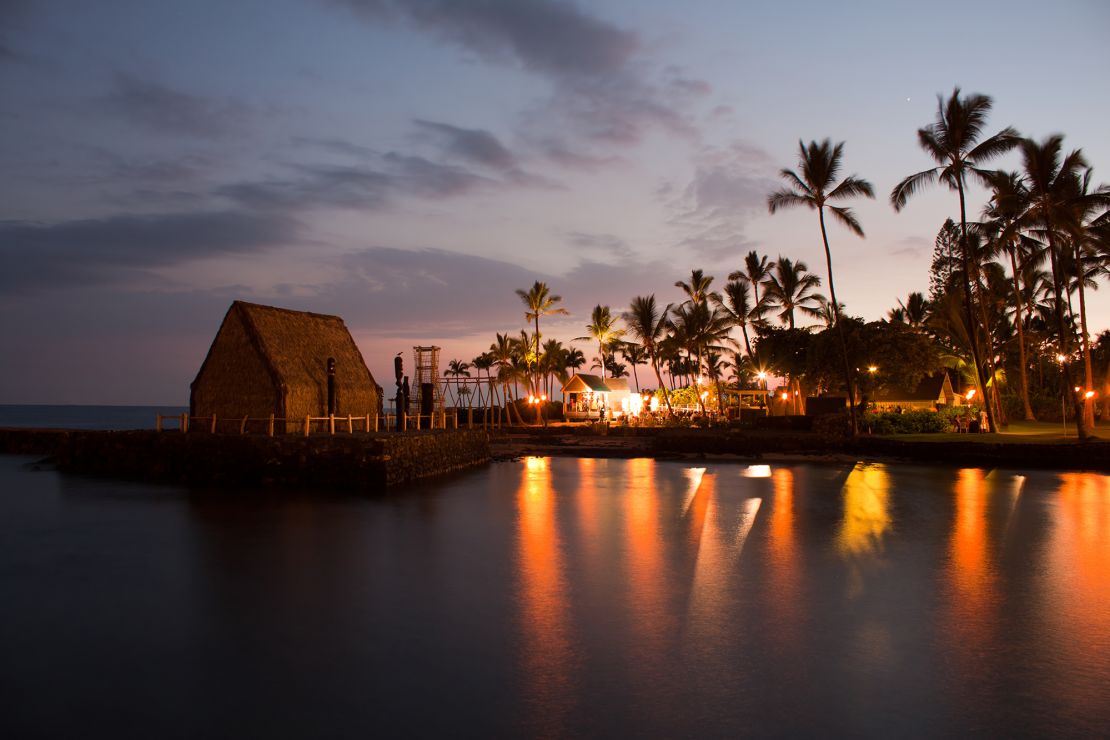
Certainly the tourism industry has rapidly transformed the landscape, oftentimes threatening the very environment that attracts so many visitors. However, it also collides with another issue: growing resentment among locals who feel respect for their home is painfully lacking.
“The tourism industry has groomed guests to be rude and tyrannical in their ways. It almost gives them that entitlement,” said Mangauil, who has had tourists flaunt the money they’re spending, some of whom have even gone so far as to suggest they’re paying his bills.
Hōkūlani Aikau, associate professor of gender and ethnic studies at the University of Utah and co-editor of “Detours: A Decolonial Guide to Hawai’i,” agrees: It’s not that tourists are inherently bad, but that all responsibility as a good guest seems to disappear with the handing over of money.
“It’s the idea that they’re on vacation, they’ve spent a lot of money to get there, and they should have access to whatever they want. And when they don’t get it, then it becomes the natives’ fault for not delivering on the promise, even though they weren’t the ones making the promise in the first place.”
A new travel transaction
“Detours,” which reimagines the traditional travel guide and offers narratives to change how readers think about and move through Hawaii, also introduces the protocol of asking permission, but with a sobering addition: It forces visitors, as true guests, to confront the possibility that, sometimes, permission won’t always be granted.
Vernadette Vicuña Gonzalez, an associate professor of American studies at the University of Hawaii at Mānoa and co-editor of “Detours” with Aikau, loves this aspect of Hawaii’s culture. Gonzalez finds “something really beautiful” about the practice, and is a proponent of visitors asking permission every time before assuming access, rather than taking it for granted.
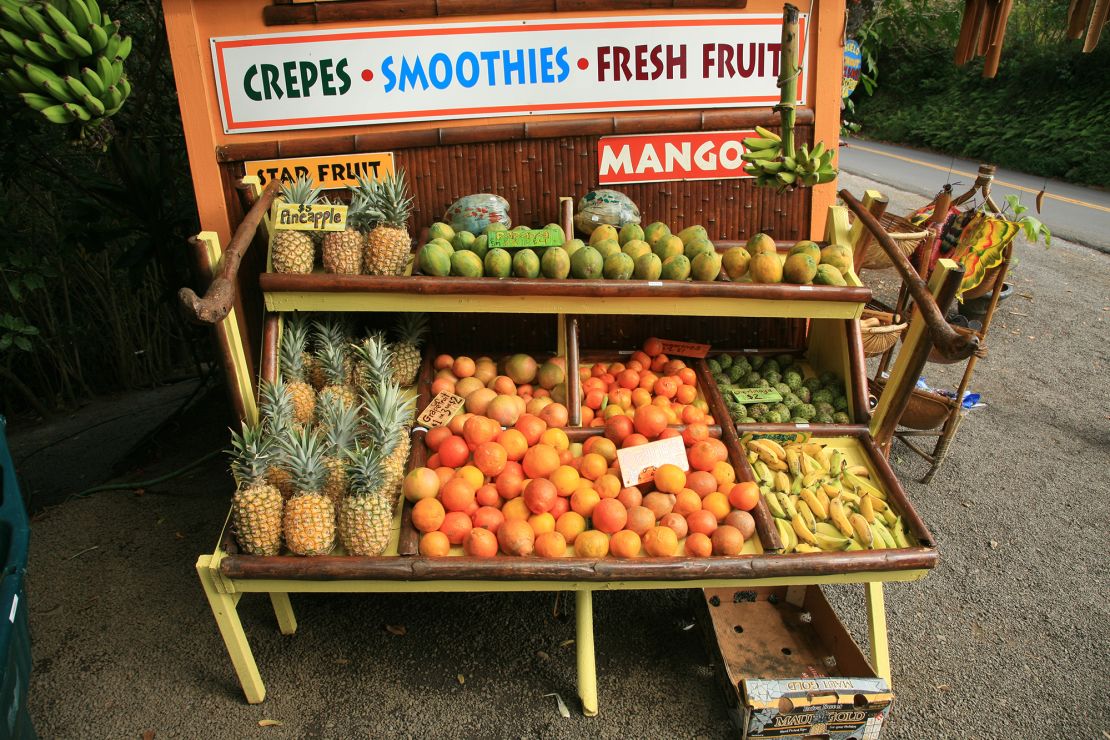
Academics and policy makers aren’t the only ones having to consider tourism’s impact.
“How [this practice] applies to the world of tourism has been on my mind for years,” Clifford Nae’ole, cultural advisor at The Ritz-Carlton, Kapalua on Maui, tells CNN Travel.
Nae’ole recognizes the daunting number of visitors flocking to Hawaii’s lands every year. For Nae’ole and his hospitality cohorts, there’s a lot to consider in terms of both guest contentment and respect for the land and culture of the islands.
He employs a popular Hawaiian saying to explain: “Imagine being on a canoe: there are only so many seats in that canoe, so we really need to pay attention to its capacity. He wa’a ka moku, ka moku he wa’a. The canoe is our island, the island is our canoe. Once we run out of room and provisions on the canoe, we’re in trouble.”
This isn’t Disneyland
Many locals believe that one way to return to the kind of hospitality that Hawaii could sustain would be for visitors to acknowledge that the islands are the locals’ home, and that visitors are guests in that home.
Mangauil, who often works with the tourism industry to invest resources back into local communities, is a proponent of tourism, but not how it works today.
The peddling of Hawaii as a theme park – and with it, the expectation of 360-degree catering in exchange for the high entrance fee – is problematic.
Nae’ole agrees. Part of his role as cultural advisor at the Ritz-Carlton is to immerse guests in a unique sense of place, creating experiences where they may interact with the Hawaiian culture.
The challenge is doing so without diluting it or diminishing the people who practice it every day, with or without the presence of an audience. “Hawaii is a real place, and its people are not props on a set. The emotion of hospitality cannot be lost within the whimsical fantasy of visiting Hawaii.”
As a tour operator, Jason Cohn, president of Hawaii Forest & Trail, is also tasked with finding balance.
In addition to its regular tours, which already offer unique access to certain sites for its guests, the company curates private or custom tours for high-end clientele. But even then, Cohn says, there are still certain boundaries – set by people, place or weather – that he enforces and expects everyone, however elite, to respect.
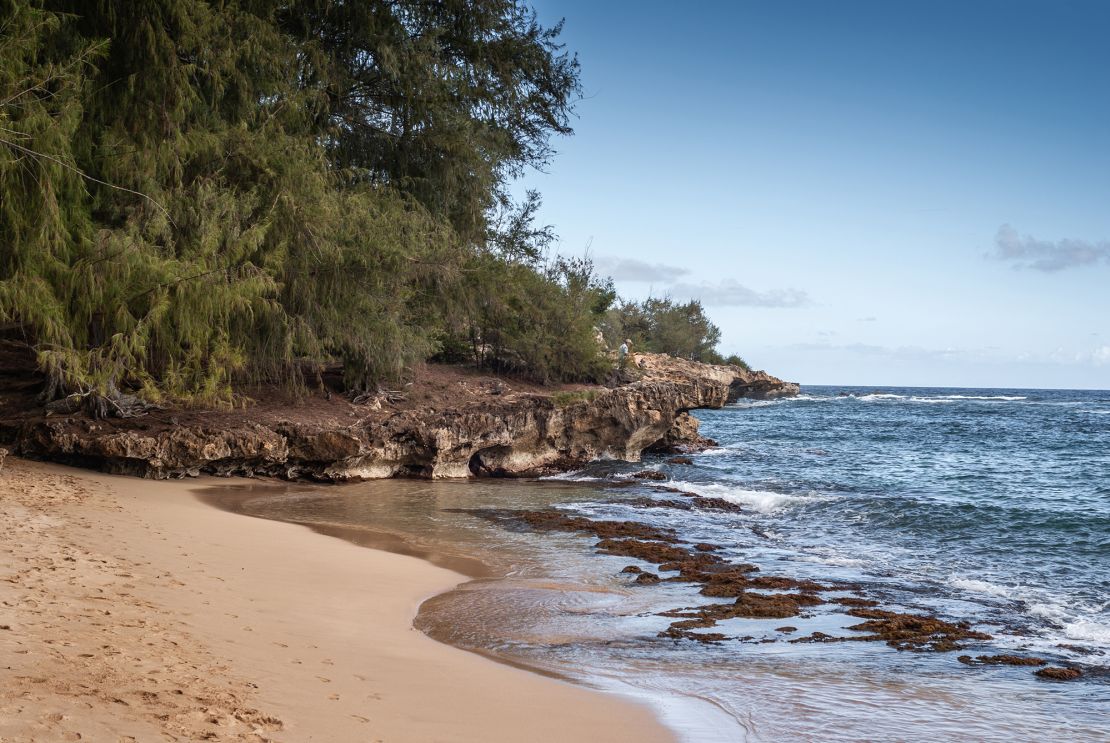
Cohn references Paris to support this idea: “When people go to a place like Paris, they don’t expect the French to bend over backward and be whatever they want them to be.”
“They expect French people to be French. That’s what we need here in Hawaii. They should expect the Hawaiian people to be Hawaiian — not the Hawaiians they saw in ‘Blue Hawaii’ or [whatever] popular movie, but who we truly are.”
Aikau says it’s about guests doing the work of being a good guest, which, embarrassingly, doesn’t take much more than listening to your hosts with an earnest interest in learning, and asking – not demanding – permission to be welcomed. It’s not about driving tourists away but rather making room for a different kind of encounter, Gonzalez adds.
“We want to share with those who are willing to listen,” Nae’ole says. “We love to educate with those that will pani ka wa’a, wehe ka pepeiao – close their mouth, open their ears.”
Referring to issues like what the Honolulu Board of Water Supply is facing with the Ha’ikū Stairs, his remedy for visitors is simple: “Tell the host who you are and from where you’ve traveled. Tell them why you seek this destination. Try to become part of the island family rather than just a paid entrant to what you think is a free-for-all once you’re here.”
Of course, visitors to Hawaii will always be able to go, but at the very least, now, they must knock first, and respect the possibility that not every door will open.










